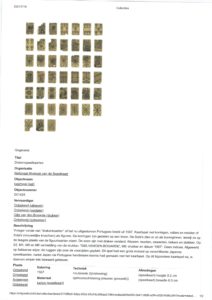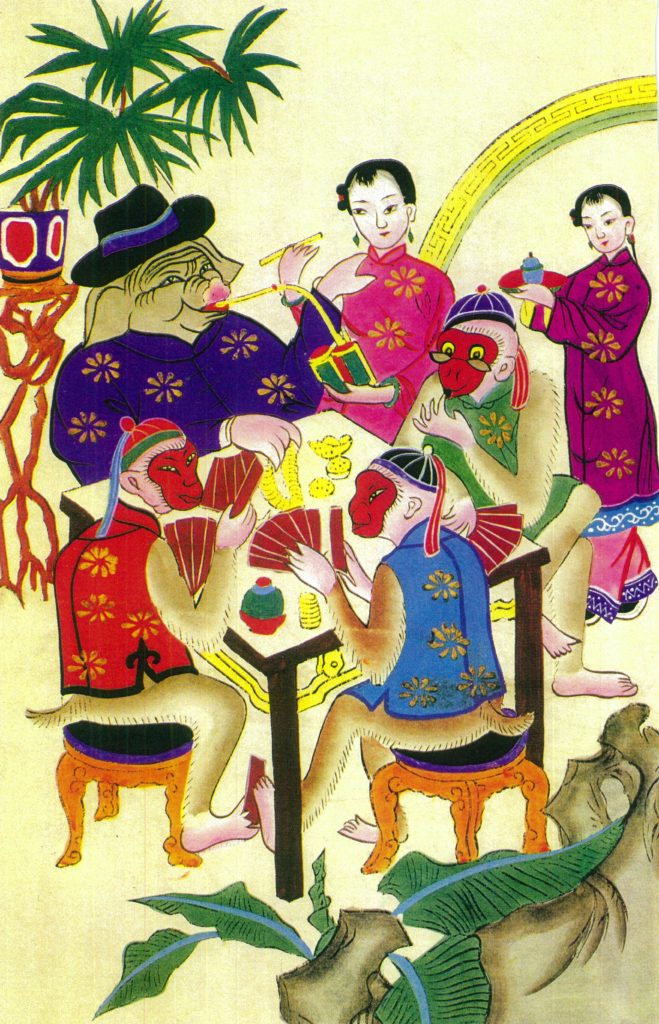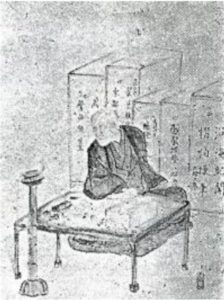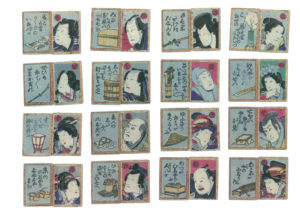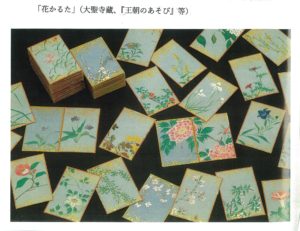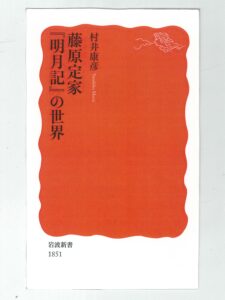1. Resurrection of Namban Carta
The year 2021 marked a quantum leap for research on the history of playing cards in Japan: the very first playing cards that came to Japan in the latter half of the 16th century, known as ‘Namban Carta’, traces of which had been completely lost, were found in Belgium after a hiatus of 450 years. It is widely believed that the history of playing cards in Japan began with the arrival of Namban Carta with a fleet of Portuguese merchant vessels. However, no evidence — documentary, material or oral — had been found to support this conjecture up until now. It is for this reason that, however informed and knowledgeable they may be, researchers of playing cards since the 17th century could only vaguely imagine how the original Namban Carta appeared. Indeed, their evidence-based discussion on the history of playing cards in Japan had to start with the initial localised versions of Namban Carta, specifically Miike Carta, which was produced in Miike Village, Chikugo Province (currently Ohmuta City, Fukuoka Prefecture). Even after almost five decades of patient, detailed research activities that started in the 1970s, I was no exception; I could do no more than find forgotten documentary and material evidence or revisit known historical resources. Not being able to talk about the original Namban Carta has always left an empty feeling, which makes me all the more excited about the discovery of the ‘missing link’. As a researcher, I feel deeply gratified and privileged to have been given an opportunity to examine images of the material evidence that our ancestors could never see with their own eyes, and to reproduce the whole set of 48 cards by performing the necessary corrections myself.

